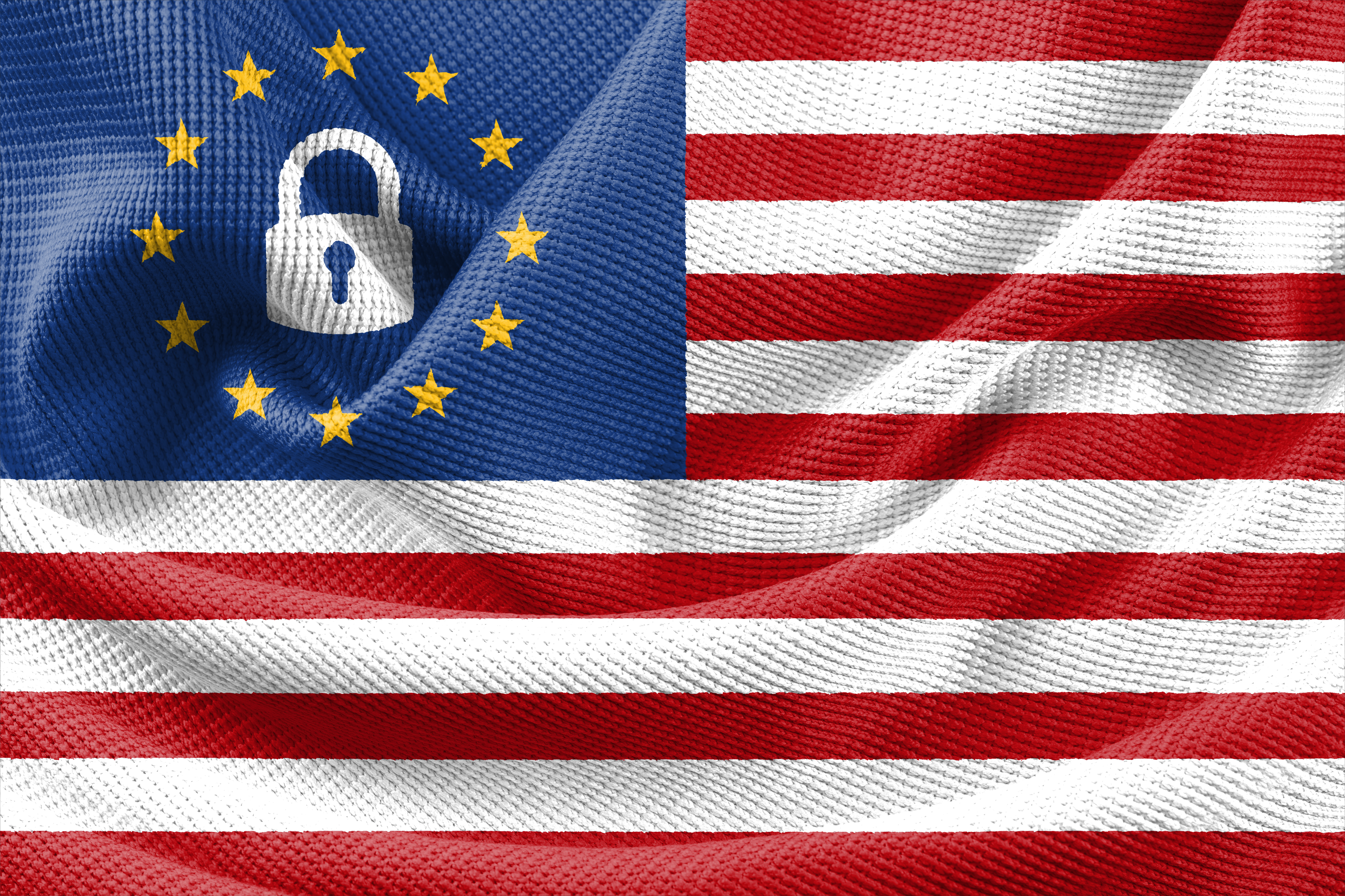The White House issued a new Executive Order (the “EO”) on April 29, 2025, regarding the potential for a “stacking” effect of its 25% Section 232 automobile and parts tariffs, the 25% tariff applicable to non-USMCA imports from Mexico and Canada, and the 25% Section 232 tariff applicable to steel and aluminum products and their derivatives (the “Specified Tariff Programs”).
A single priority rate of duty will apply under one Specified Program in certain cases where multiple Specified Tariff Programs apply rather than stacking all otherwise applicable programs. The White House simultaneously released a Proclamation stating that it will expand the scope of the automobiles and parts tariffs as of May 3, 2025.
Our team’s high-impact questions and answers for clients struggling to understand the practical effect are outlined here:
What is the practical effect of the new EO?
The new EO establishes an order of priority for the assessment of one duty when multiple Specified Tariff Programs apply. Duties assessed under all other programs other than the Specified Tariff Programs continue to stack according to their terms. This change is particularly helpful for auto, steel, aluminum and non-USMCA imports. Those were previously subject to a range of duties under every Specified Tariff Program that applied and all other applicable tariff programs.
Now, when an import is dutiable under more than one of the Specified Tariff Programs the duties will no longer accumulate. Instead, imports subject to 25% auto and auto parts tariff programs are no longer subject to additional 25% Canada or Mexico duties, or additional 25% Section 232 steel and aluminum duties. Goods other than autos and auto parts that are dutiable under the 25% Canada and Mexico programs are not subject to additional Section 232 steel and aluminum and derivative duties. However, the text of the EO states that if an import is dutiable under both Section 232 steel and derivative duties and Section 232 aluminum duties then the import remains dutiable under both programs cumulatively.
Does the EO affect other duties programs (such as reciprocal duties, 301 duties, or anti-dumping and countervailing duties)?
Imports under a Specified Tariff Program will continue to be subject to duties under other applicable tariff programs, including the universal 10% reciprocal tariffs, 125% reciprocal tariff and 20% country-specific tariffs on items from China, Section 301 duties, anti-dumping and countervailing duties, and general HTS-based duties.
For example, an auto part made of steel that is imported from Japan on or after May 3, 2025, will still have a tariff burden of at least 35%. Duties owed may include a 25% auto parts tariff, a 10% universal reciprocal tariff, applicable Section 301 duties, anti-dumping and countervailing duties, and general duties.
Will refunds be available to importers?
The EO has an effective date of May 16, 2025. It will apply retroactively to all entries of merchandise dutiable under multiple Specified Tariff Programs on or after March 4, 2025. Refunds will be issued in accordance with standard Customs procedures. U.S. Customs and Border Protection announced it will publish refund procedures no later than May 16, 2025. Importers are urged by the agency to refrain from requesting refunds until those procedures are announced.
What is the Impact of the EO and the new Proclamation on the Section 232 Auto and Auto Parts Tariff Program?
If an import is subject to Section 232 auto and auto parts tariff then that tariff may take priority over other applicable tariffs in specified Tariff Programs. The new Proclamation will expand the scope of the Section 232 tariffs to include additional auto parts effective May 3, 2025. The additional duties on auto imports have been in effect since April 3, 2025. The new April 29 Executive Proclamation states that the duty rates on auto parts will be adjusted to reflect the White House’s assessment of national security risk associated with each part
New rules will apply when determining auto part duties. Auto parts used in an automobile that is assembled in the United States will be subject to reduced duties if the auto parts account for 15% of the MSRP value of the automobile. This content requirement will be in effect until April 2026. A lower 10% content requirement will then take effect through April 2027. If eligible based on these requirements then auto manufacturers can receive an import adjustment offset amount equal to 3.75% of the aggregate MSRP value of all automobiles assembled in the United States through April 30, 2026. They may apply for an import adjustment offset amount equal to 2.5% of the aggregate MSRP value of all automobiles assembled in the United States from May 1, 2026, through April 30, 2027. Process detail on application for adjustment offset is forthcoming.
Benesch client alerts and legal publications are available for you to receive by signing up HERE. Our team is responsive and available to assist with your company’s supply chain management challenges.
Jonathan R. Todd is Vice Chair of the Transportation & Logistics Practice Group at Benesch. He can be reached by telephone at 1-216-363-4658 or by e-mail at jtodd@beneschlaw.com.
Megan K. MacCallum is an Associate at Benesch. She can be reached by telephone at 1-216-363-4185 or by e-mail at mmaccallum@beneschlaw.com.
Vanessa I. Gomez is an Associate at Benesch. She can be reached by telephone at 1-216-363-4482 or by e-mail at vgomez@beneschlaw.com.
Ashley C. Rice is an Associate at Benesch. She can be reached by telephone at 1-216-363-4528 and arice@beneschlaw.com.
